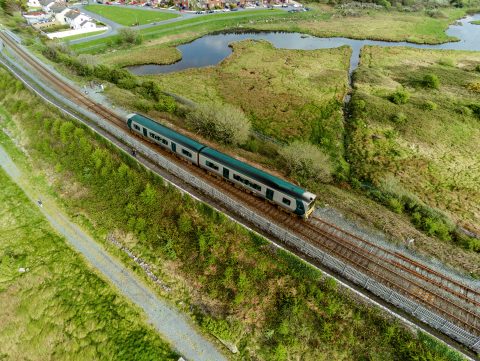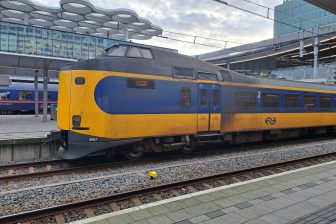
All Island Strategic Rail Review: Ireland develops roadmap to better rail
Ireland’s rail network suffers from significant deficiencies, including inadequate coverage, low service frequencies, and slower speeds compared to similar rail systems. That’s one of the main conclusions of the All Island Strategic Rail Review published this week. The proposed recommendations for improvements carry a capital cost estimate of 1.8 billion euros in 2021 price, the review of Ireland’s railway network shows.
Want to read more?
You have read all of your free premium articles for this month. Please become a subscriber to keep reading.
Subscribe now!
Take advantage of our exclusive offer to get full access to all premium content.



